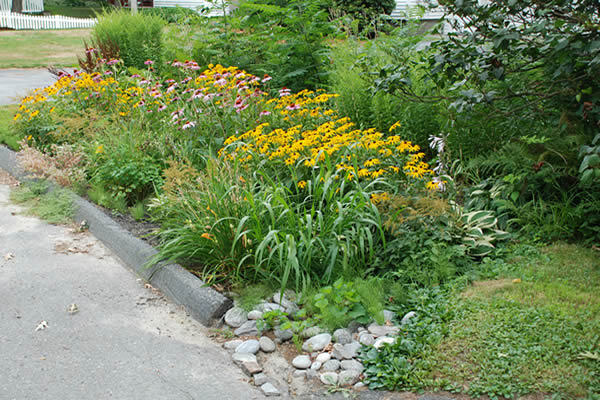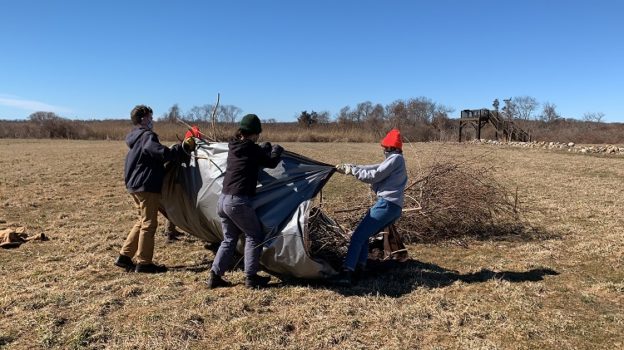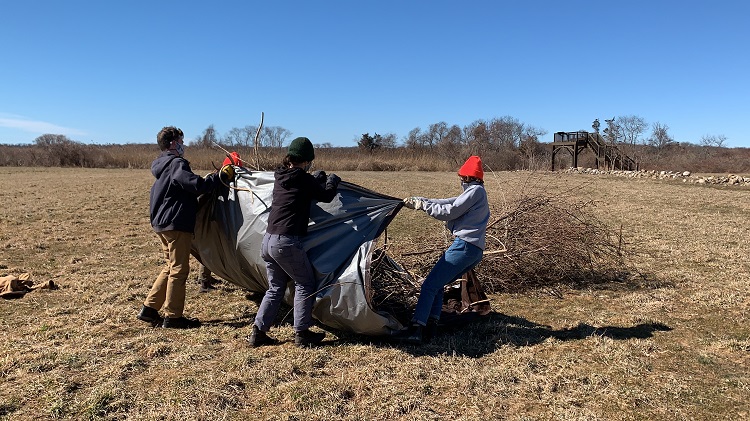
A rain garden is a collection of plants, often native grasses, shrubs, or flowers. Sounds just like a normal garden, right? Except rain gardens do something a little extra by helping absorb storm water, therefore lessening the damage of flooding. As climate change increases the frequency and intensity of extreme storm events, flooding is a real consequence we must learn to adapt to.
Let’s take a look at how this works.
Dealing with Impervious Surfaces
Roads, roofs, and sidewalks (among other artificial structures we build) are made up of materials called “impervious surfaces” due to the fact that they are water resistant. That means when water hits these materials, it’ll sit on top and pool instead of soaking into the ground.
Impervious surfaces create a tricky situation during any sort of storm event with precipitation, because it exacerbates flooding as water continues to collect with nowhere to go.
Enter Rain Gardens
Rain gardens are built in depressed areas of the ground and comprise of deep-rooted flora that enjoy extra water. When storm water builds up and overflows from impervious surfaces, these rain gardens can catch it before it floods important infrastructure. With help from the right types of soil, the garden slowly sinks the water into the ground. So instead of allowing storm water to build up and flood our houses, apartments, neighborhoods, and towns, rain gardens redirect storm water into the earth.
Added Benefits
Rain gardens are typically made of native plants, which is great for pollinators already facing threats from climate change, pollution, and other environmental issues. Not to mention the plants, soil, and mulch that make up rain gardens help filter out pollutants in storm water, preventing nutrient runoff that results in consequences like algal blooms.
Where to Start
If you want to see a real example of a rain garden, visit Mass Audubon Broad Meadow Brook Conservation Center and Wildlife Sanctuary in Worcester. The Barbara Elliot Fargo Education Center is surrounded by rain gardens to absorb storm water runoff from their parking lot.
Before planting your own rain garden in your home or in your community, see if one is appropriate for your space. Then, check out the Environmental Protection Agency’s list of resources on how to get started, with specific resources for Massachusetts as well!
Don’t have the time or space to plant a rain garden? Reducing the amount of impervious surface or lawn cover at your home or in your community is another way to manage storm water. Consider native plants that are particularly thirsty to fill these spaces instead.



